Concrete 101
aloha2009
12 years ago
Related Stories

PATIOSLandscape Paving 101: Cast-in-Place Concrete
A construction standard, cast-in-place concrete can be used for a wide variety of project types
Full Story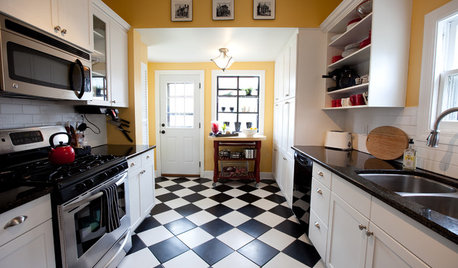
KITCHEN DESIGNKitchen Flooring 101: Find Your Material Match
From cork to concrete, our guide will help you pick the perfect surface for your kitchen floor
Full Story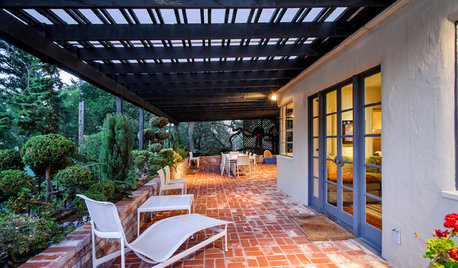
PATIOSLandscape Paving 101: How to Use Brick for Your Path or Patio
Brick paving is classy, timeless and a natural building material. Here are some pros and cons to help you decide if it’s right for your yard
Full Story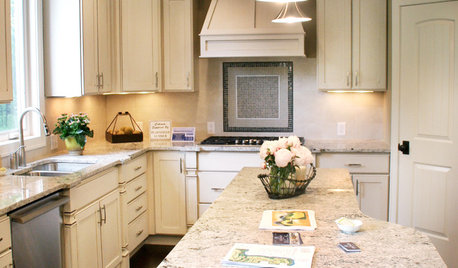
KITCHEN DESIGNKitchen Countertops 101: Choosing a Surface Material
Explore the pros and cons of 11 kitchen countertop materials. The options may surprise you
Full Story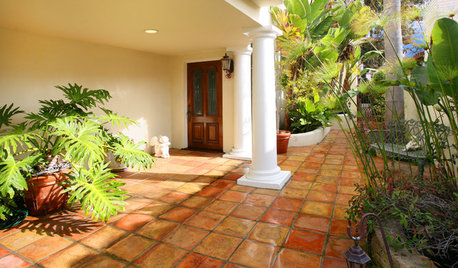
PATIOSLandscape Paving 101: Tiles Bring Bold Color and Pattern
This versatile garden material can blanket an entire patio or liven up the scenery with striking accents
Full Story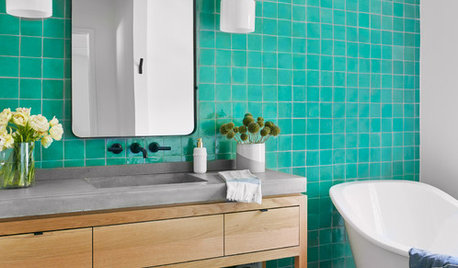
BATHROOM DESIGNBathroom Countertops 101: The Top Surface Materials
Explore the pros and cons of 7 popular bathroom countertop materials
Full Story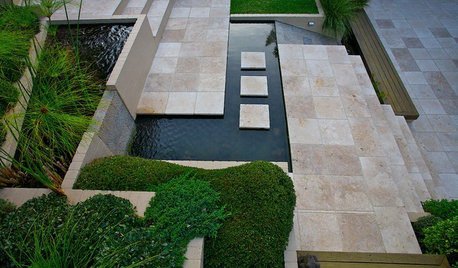
PATIOSLandscape Paving 101: Travertine Keeps Its Cool in Warm Climates
Travertine is a gorgeous paver for a pool surround
Full Story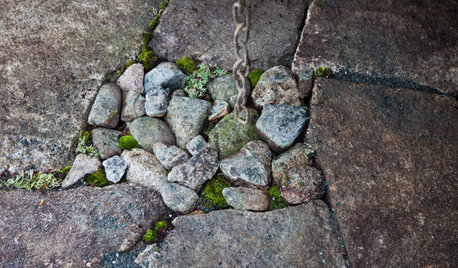
PATIOSLandscape Paving 101: Some Reasons to Go for Granite
Thinking about a new patio or path? Invest in granite for its durability and low maintenance
Full Story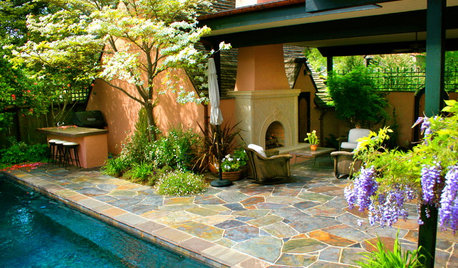
PATIOSLandscape Paving 101: Slate Adds Color to the Garden
Slate’s distinct hues set it apart from other natural stone paving
Full Story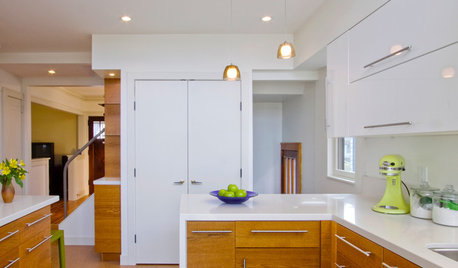
REMODELING GUIDESCork Flooring 101: Warm Up to a Natural Wonder
Comfortable, sustainable and easy on the eye, cork has a lot going for it. Use our guide to get familiar with this natural flooring material
Full Story







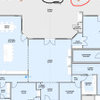
riles_j
aidan_m
Related Professionals
Crestline Decks, Patios & Outdoor Enclosures · Grafton Decks, Patios & Outdoor Enclosures · Jupiter Decks, Patios & Outdoor Enclosures · Newark Home Builders · Newark Home Builders · Alexandria Flooring Contractors · Bethpage Flooring Contractors · Glendale Flooring Contractors · Lakewood Flooring Contractors · Medway Flooring Contractors · North Hollywood Flooring Contractors · Plymouth Flooring Contractors · Strongsville Flooring Contractors · Sycamore Flooring Contractors · Atascocita Flooring Contractorsaloha2009Original Author
riles_j
aidan_m
aloha2009Original Author
riles_j
aidan_m